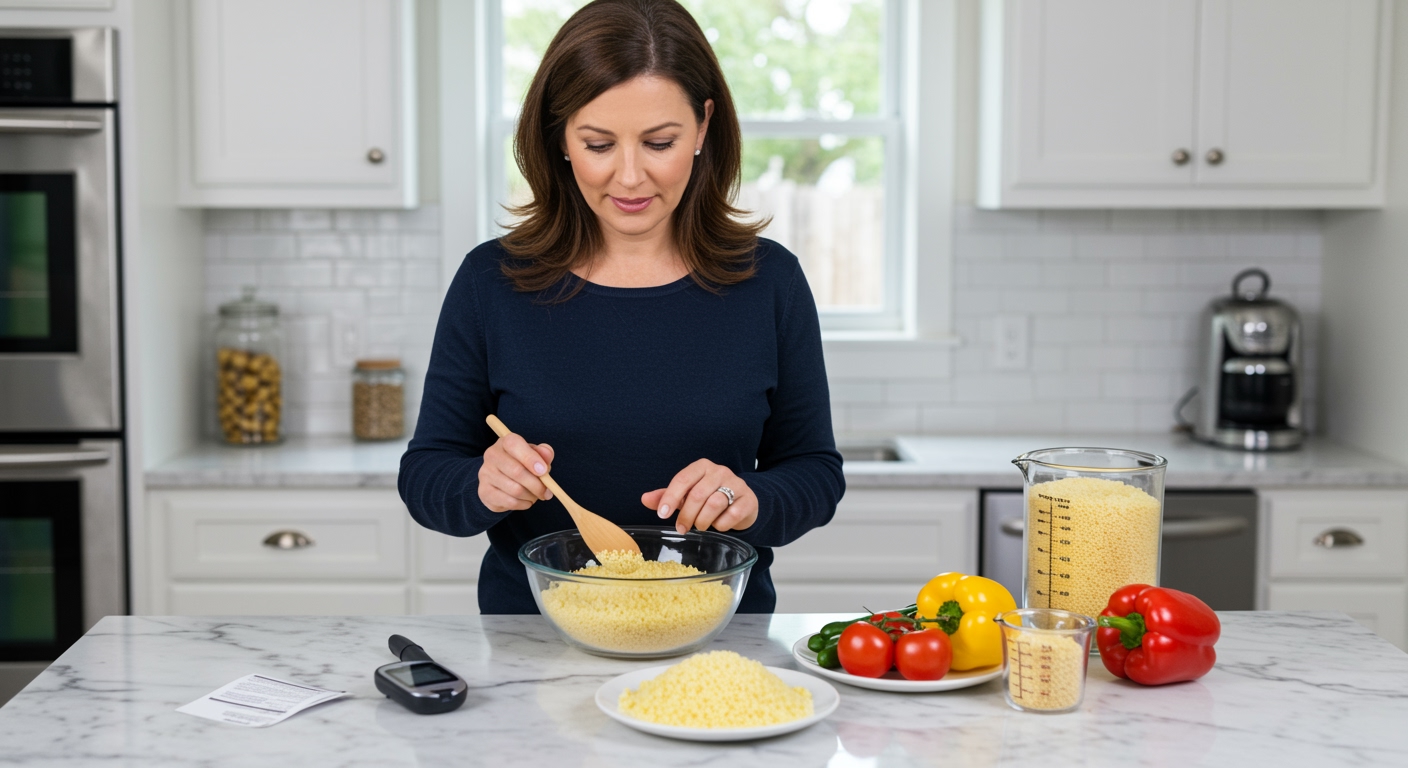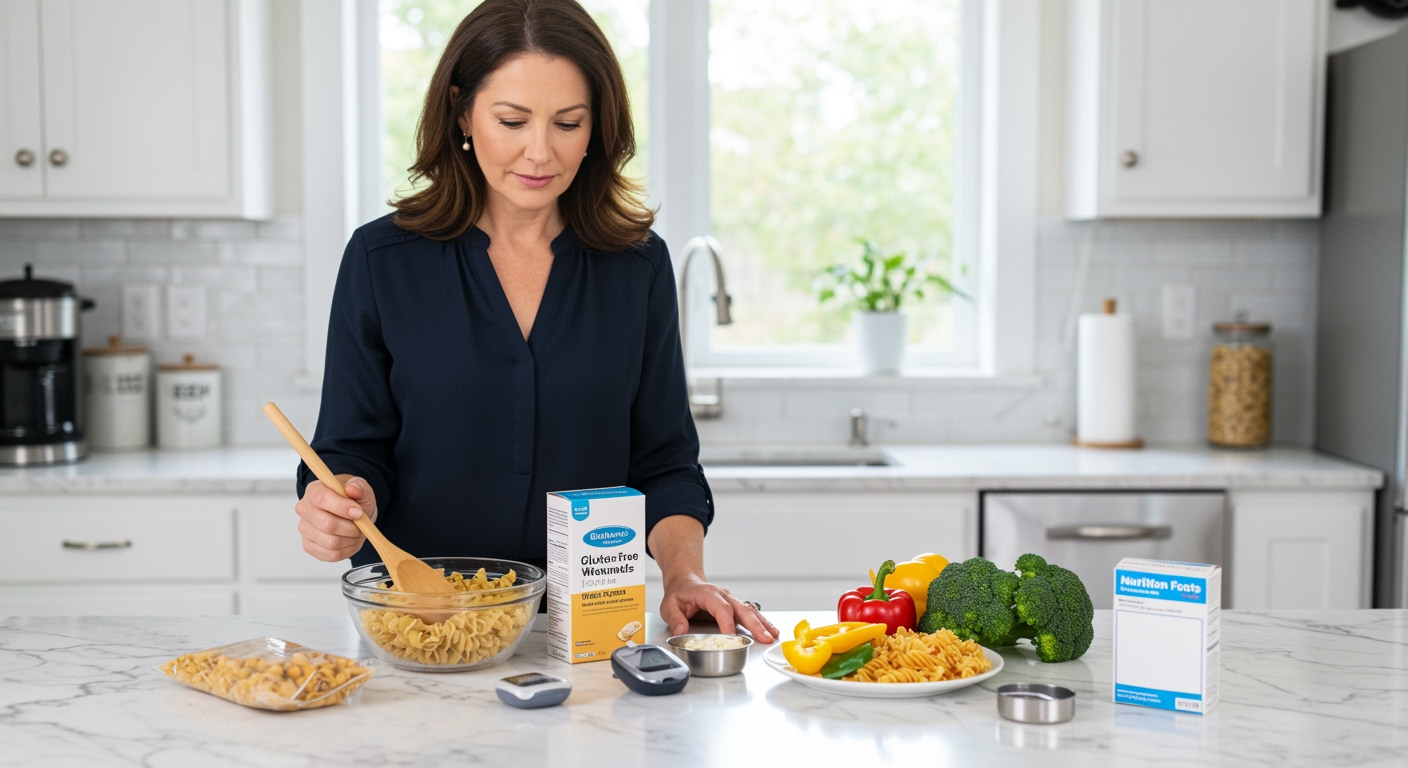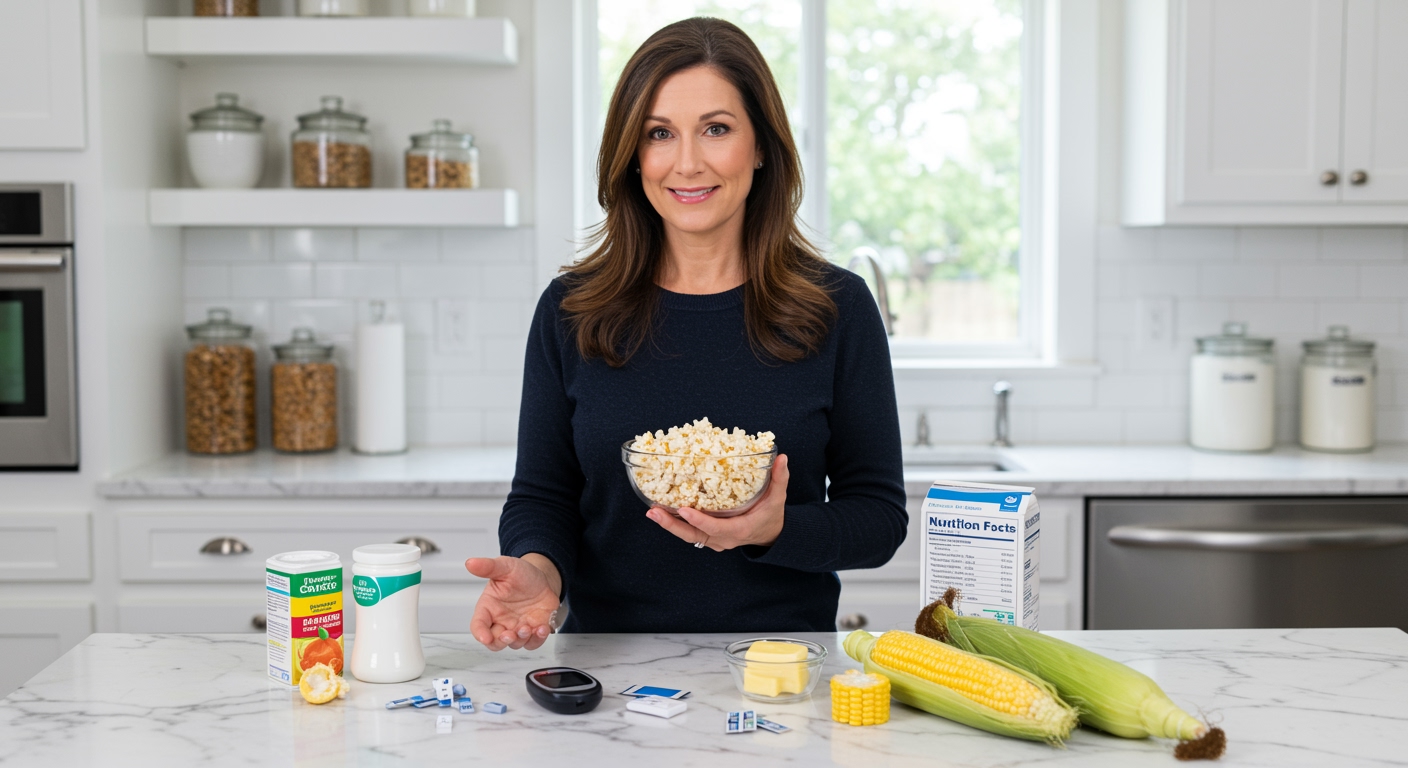✪ Key Takeaway: Couscous has a moderate glycemic index but can spike blood sugar, so people with diabetes should eat it in small portions with protein and fiber.
Introduction
You walk down the grain aisle and spot couscous sitting next to quinoa and brown rice, looking innocent and healthy.
Maybe your doctor told you to watch your carbs, or perhaps you are trying to figure out which grains work best for your blood sugar levels.
Hi, I am Abdur, your nutrition coach, and today I am going to explain exactly how couscous affects your blood sugar and whether it belongs in your diabetes meal plan.
What Exactly Is Couscous And How Does It Affect Blood Sugar?
Couscous is not actually a grain like most people think.
It is a pasta made from semolina wheat that has been rolled into tiny granules and then steamed.
This processing method creates a product that behaves very differently in your body compared to whole grains.
When you eat couscous, your digestive system breaks it down quickly because the wheat has been refined and processed.
The glycemic index of couscous ranges from 65 to 70, which puts it in the medium to high category.
This means couscous can cause your blood sugar to rise faster than foods with lower glycemic index values.
Your pancreas responds by releasing insulin to manage the glucose surge, which can be challenging if you have diabetes or insulin resistance.
✪ Fact: One cup of cooked couscous contains about 36 grams of carbohydrates, similar to a slice of bread.
How Much Couscous Can You Safely Eat With Diabetes?
The key to including couscous in your diabetes meal plan lies in portion control and timing.
A safe serving size for most people with diabetes is about one-third cup of cooked couscous, which contains approximately 12 grams of carbohydrates.
This portion fits well within the 15-gram carbohydrate exchange that many diabetes educators recommend per meal component.
You should never eat couscous by itself because this will cause a rapid spike in your blood glucose levels.
Instead, pair it with lean protein sources like grilled chicken, fish, or tofu, which help slow down the absorption of carbohydrates.
Adding non-starchy vegetables like broccoli, spinach, or bell peppers provides fiber that further moderates blood sugar response.
The best time to eat couscous is during lunch or dinner when you are more active, as physical activity helps your muscles use glucose more efficiently.
✪ Pro Tip: Measure your couscous portions using a measuring cup rather than eyeballing to maintain consistent carb intake.
Are There Better Grain Alternatives For Diabetes Management?
While couscous can fit into a diabetes meal plan, several alternatives offer better blood sugar control.
Quinoa stands out as an excellent choice because it has a lower glycemic index of around 53 and provides complete protein with all essential amino acids.
Brown rice, with a glycemic index of 50, digests more slowly than couscous and contains more fiber to help stabilize blood sugar levels.
Barley is another fantastic option with a glycemic index of just 25, making it one of the most diabetes-friendly grains available.
Cauliflower rice has become popular as a low-carb substitute that contains only 5 grams of carbs per cup compared to couscous’s 36 grams.
If you love the texture and convenience of couscous, consider trying whole wheat couscous which has slightly more fiber and nutrients than regular couscous.
The extra fiber in whole wheat versions can help slow down glucose absorption and provide better satiety after meals.
✪ Note: Always test your blood sugar 2 hours after eating to see how different grains affect your individual response.
What Cooking Methods Make Couscous More Diabetes-Friendly?
The way you prepare couscous can significantly impact its effect on your blood sugar levels.
Cooking couscous and then cooling it in the refrigerator creates resistant starch, which your body digests more slowly.
This process, called retrogradation, can lower the glycemic response by up to 20 percent compared to freshly cooked couscous.
Adding healthy fats like olive oil or nuts during preparation helps slow down carbohydrate absorption in your digestive system.
You can also mix couscous with chopped vegetables before cooking to increase the fiber content and reduce the overall carbohydrate density per serving.
Preparing couscous as part of a salad with plenty of raw vegetables, lean protein, and a vinegar-based dressing creates a more balanced meal for blood sugar management.
The acetic acid in vinegar has been shown to improve insulin sensitivity and reduce post-meal glucose spikes when consumed with carbohydrate-rich foods.
✪ Pro Tip: Prepare couscous salads in advance and store them chilled to maximize the resistant starch benefits.
The Bottom Line
Couscous can be part of a diabetes meal plan when eaten in controlled portions and paired with protein and fiber-rich foods.
Smart food choices are about balance, not elimination, and understanding how different foods affect your individual blood sugar response helps you make better decisions.
I would love to hear about your experiences with couscous or any questions you have about managing blood sugar with different grains – please share your thoughts in the comments below.
References
At NutritionCrown, we use quality and credible sources to ensure our content is accurate and trustworthy. Below are the sources referenced in creating this article:
- FoodStruct: Couscous Glycemic Index
- Harvard Health: Choosing Good Carbs with the Glycemic Index
- MedlinePlus: Carbohydrate Counting
- FoodStruct: Couscous and Diabetes

Abdur Rahman Choudhury is a nutrition coach with over 7 years of experience in the field of nutrition.
Academic Qualifications
- Master of Science (M.Sc.) in Biochemistry: The University of Burdwan, India
- Bachelor of Science (B.Sc.) in Biochemistry: The University of Burdwan, India
Research Experience
- Genetic variations in the CYP11A gene among PCOS and Metabolic Syndrome patients: The Mission Hospital, India
Professional Certifications & Courses
- Stanford Introduction to Food and Health: Stanford University (US) - Coursera
- Certificate in Nutrition: Fabulous Body Inc. (US)
- Lose Weight and Keep It Off: Harvard Medical School (US)
- Nutrition and Disease Prevention: Taipei Medical University (Taiwan) - FutureLearn
Clinical Experience
- 7+ years as a nutrition coach
- Direct experience working with hundreds of patients to improve their health
Abdur currently lives in India and keeps fit by weight training and eating mainly home-cooked meals.




